July 30, 2025
European researchers sent a quantum signal over 250 kilometers using readily available parts. The project highlights the feasibility of quantum communications and quantum key distribution as governments prepare for an era in which quantum computers are able to overcome today’s encryption algorithms.
In early 2025, European researchers sent a quantum signal over 250 kilometers. The feat was impressive for a number of reasons, including the fact that the project used off-the-shelf parts and a commercial telecommunications network, even though quantum systems typically need cryogenic cooling.
But it also marks a major milestone in the development of quantum key distribution, which paves the way for ultra-secure quantum networks that can detect eavesdroppers and are highly resistant to hacking.
What is Quantum Communication?
Quantum communication uses the strange properties of quantum physics — quantum particles act in ways that seem to defy the laws of classical physics — to send information in a fundamentally different way than traditional networks.
“Instead of sending electrical signals through wires or radio waves through the air,” said IEEE Senior Member Shaila Rana, “quantum communication sends individual particles of light, photons, that have been specially prepared in quantum states.”
How Does Online Encryption Work Today?
Quantum key distribution is the most important tool in the quantum communications toolbox. But to understand why, you have to understand some basics about how the internet works today.
When you buy something online, your credit card information is encrypted, or scrambled, when you send it to the retailer. But before that transaction even happens, your computer and the retailer need to agree on a secret key to do that scrambling. Think of the key as a password. If someone has it, they unencrypt the message and steal your credit card information. How does your computer and the retailer share that key safely without someone being able to intercept that?
They use something called public key cryptography, which involves two mathematically-linked keys. One is public and readily available, but it can only be used to encrypt a message. The other is private and only the retailer has it. That secret key can only be used to unencrypt the message.
The method for securely distributing these keys was first developed in England in 1975 for national security purposes. It predates the internet, though it was so secret that the inventors could not discuss it for more than 20 years, and other researchers independently developed versions of it for commercial purposes.
Once the retailer decrypts your secret key using their private key, you both have the same secret. That retailer then has a key that decrypts your credit card information after it receives it. While an eavesdropper might be able to intercept the encrypted credit card information, the strength of that encryption is based on extremely complex math problems. Without the key, it would take a normal computer years to solve.
Why Is Quantum Key Distribution Better?
Quantum computers, however, would likely be able to decrypt those messages extremely quickly. And it’s not just credit card information that’s at risk, but a whole range of sensitive data held by governments and large corporations. While there aren’t any known quantum computers powerful enough to break encrypted messages today, many experts believe that milestone will be reached by 2030.
As a result, scientists and researchers are scrambling to find ways to improve encryption methods, and quantum key distribution is one of them.
With quantum key distribution, a sender and receiver can share random secret keys over an unsecured channel, which are usually encoded in photons. Because of the strange properties of quantum mechanics, however, if someone tries to intercept a quantum signal, the act of measuring it disturbs the quantum state, alerting both sender and receiver.
“Unlike current encryption that relies on math problems being hard to solve, quantum security is based on fundamental physics laws,” Rana said. “Conceptually, it’s totally different and really crazy to imagine!”
Countdown to Quantum
Quantum computers and quantum communications are still years, and maybe decades, away from becoming regular features of our lives.
While researchers have shown that it’s possible to send a quantum signal over long distances, “there are still a lot of technical hurdles involved with integrating existing internet infrastructure and extending the range,” Rana said.
And despite significant progress over the last few years, quantum computers are still in their infancy, and require ultra stable, ultra-cold environments to operate. Even when they are created, it’s likely that quantum computers won’t be available to low-level internet scammers for decades.
But the rollout also won’t happen all at once.
“For regular people, maybe five to 10 years is when critical infrastructure will use quantum-secured communication, and 10 to 20 years is when businesses handling sensitive data will adopt quantum security for high-value communications,” Rana said.
Consumer devices might incorporate quantum security features, but it’s likely that everyday communication will continue to rely on traditional techniques for decades.
“It’s hard to predict exactly,” Rana said. “Things move fast these days.”
Learn More: Inspiring communications engineers from around the world share their groundbreaking research and career stories in this video playlist from the IEEE Communications Society. It’s a great opportunity to discover different perspectives on innovation in communications technology.
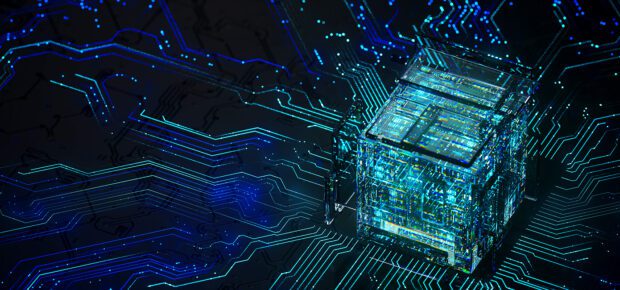





 Meaningful Momentum or Running in Place?
Meaningful Momentum or Running in Place? AI Through Our Ages
AI Through Our Ages Liquid Infrastructure: Our Planet's Most Precious Resource
Liquid Infrastructure: Our Planet's Most Precious Resource The Impact of Technology in 2025
The Impact of Technology in 2025 Quantum and AI: Safeguards or Threats to Cybersecurity?
Quantum and AI: Safeguards or Threats to Cybersecurity? Why AI Can't Live Without Us
Why AI Can't Live Without Us Bits, Bytes, Buildings and Bridges: Digital-Driven Infrastructure
Bits, Bytes, Buildings and Bridges: Digital-Driven Infrastructure Impact of Technology in 2024
Impact of Technology in 2024 Emerging AI Cybersecurity Challenges and Solutions
Emerging AI Cybersecurity Challenges and Solutions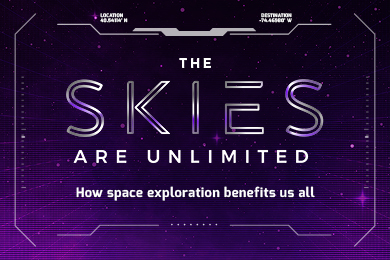 The Skies are Unlimited
The Skies are Unlimited Smart Cities 2030: How Tech is Reshaping Urbanscapes
Smart Cities 2030: How Tech is Reshaping Urbanscapes Impact of Technology 2023
Impact of Technology 2023 Cybersecurity for Life-Changing Innovations
Cybersecurity for Life-Changing Innovations Smarter Wearables Healthier Life
Smarter Wearables Healthier Life Infrastructure In Motion
Infrastructure In Motion The Impact of Tech in 2022 and Beyond
The Impact of Tech in 2022 and Beyond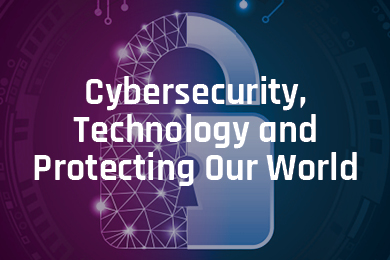 Cybersecurity, Technology and Protecting Our World
Cybersecurity, Technology and Protecting Our World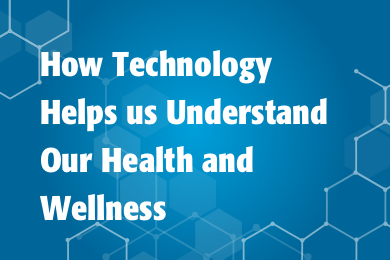 How Technology Helps us Understand Our Health and Wellness
How Technology Helps us Understand Our Health and Wellness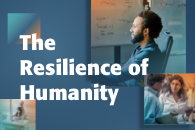 The Resilience of Humanity
The Resilience of Humanity Harnessing and Sustaining our Natural Resources
Harnessing and Sustaining our Natural Resources Creating Healthy Spaces Through Technology
Creating Healthy Spaces Through Technology Exceptional Infrastructure Challenges, Technology and Humanity
Exceptional Infrastructure Challenges, Technology and Humanity The Global Impact of IEEE's 802 Standards
The Global Impact of IEEE's 802 Standards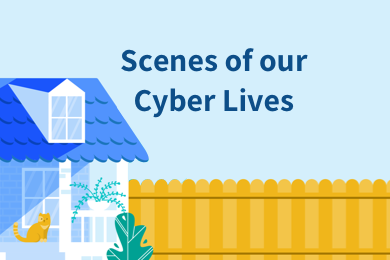 Scenes of our Cyber Lives: The Security Threats and Technology Solutions Protecting Us
Scenes of our Cyber Lives: The Security Threats and Technology Solutions Protecting Us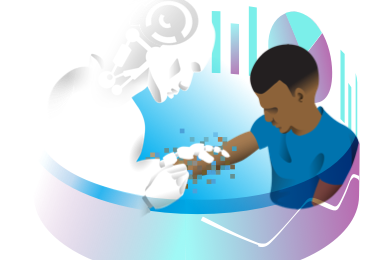 How Millennial Parents are Embracing Health and Wellness Technologies for Their Generation Alpha Kids
How Millennial Parents are Embracing Health and Wellness Technologies for Their Generation Alpha Kids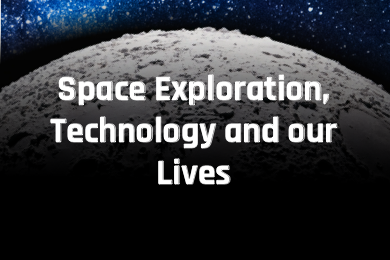 Space Exploration, Technology and Our Lives
Space Exploration, Technology and Our Lives Global Innovation and the Environment
Global Innovation and the Environment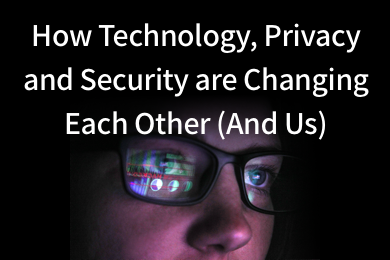 How Technology, Privacy and Security are Changing Each Other (And Us)
How Technology, Privacy and Security are Changing Each Other (And Us)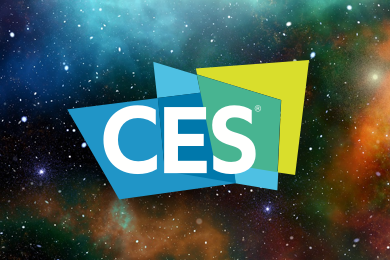 Find us in booth 31506, LVCC South Hall 3 and experience the Technology Moon Walk
Find us in booth 31506, LVCC South Hall 3 and experience the Technology Moon Walk Virtual and Mixed Reality
Virtual and Mixed Reality How Robots are Improving our Health
How Robots are Improving our Health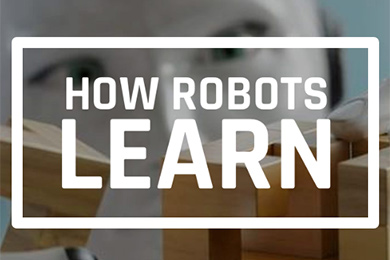 IEEE Experts and the Robots They are Teaching
IEEE Experts and the Robots They are Teaching See how millennial parents around the world see AI impacting the lives of their tech-infused offspring
See how millennial parents around the world see AI impacting the lives of their tech-infused offspring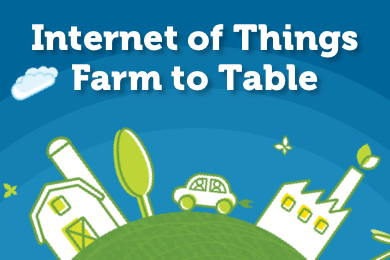 Take the journey from farm to table and learn how IoT will help us reach the rising demand for food production
Take the journey from farm to table and learn how IoT will help us reach the rising demand for food production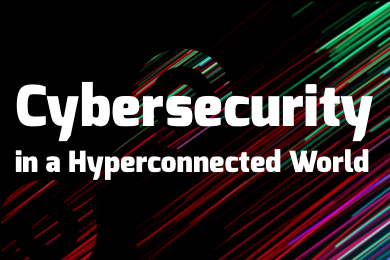 Watch technical experts discuss the latest cyber threats
Watch technical experts discuss the latest cyber threats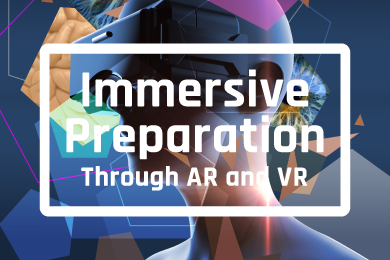 Explore how researchers, teachers, explorers, healthcare and medical professionals use immersive technologies
Explore how researchers, teachers, explorers, healthcare and medical professionals use immersive technologies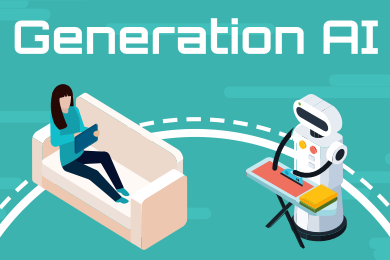 Follow the timeline to see how Generation AI will be impacted by technology
Follow the timeline to see how Generation AI will be impacted by technology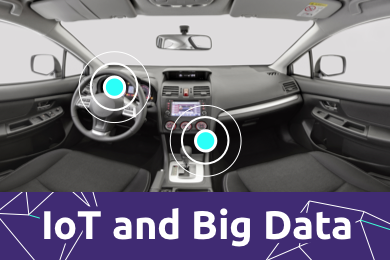 Learn how your IoT data can be used by experiencing a day in a connected life
Learn how your IoT data can be used by experiencing a day in a connected life Listen to technical experts discuss the biggest security threats today
Listen to technical experts discuss the biggest security threats today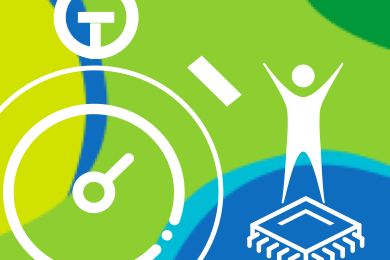 See how tech has influenced and evolved with the Games
See how tech has influenced and evolved with the Games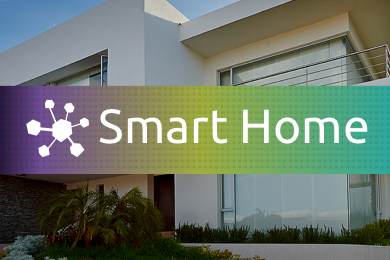 Enter our virtual home to explore the IoT (Internet of Things) technologies
Enter our virtual home to explore the IoT (Internet of Things) technologies Explore an interactive map showcasing exciting innovations in robotics
Explore an interactive map showcasing exciting innovations in robotics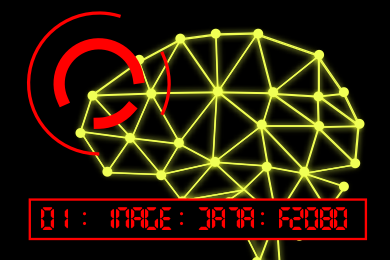 Interactively explore A.I. in recent Hollywood movies
Interactively explore A.I. in recent Hollywood movies Get immersed in technologies that will improve patients' lives
Get immersed in technologies that will improve patients' lives